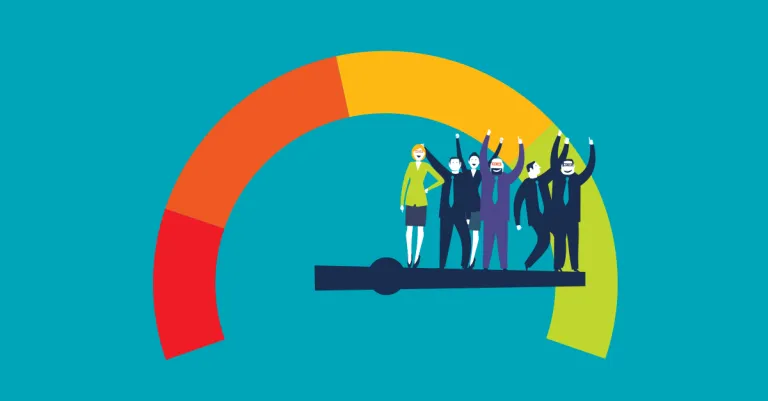
Salesforce is the world’s leading CRM for a reason. Done right, it transforms customer relationships, streamlines operations, and unlocks powerful automation and AI capabilities.
Done wrong? It becomes an expensive, underused, over-customized headache.
In fact, industry research shows nearly two-thirds of Salesforce projects fail to meet their original goals — costing businesses millions in wasted time, budget overruns, and lost opportunities.
The good news? Those failures aren’t inevitable. Most come down to fixable strategic, technical, and human factors. And with a shift in mindset — from one-time implementation to continuous optimization — Salesforce can become one of the most valuable assets in your business.
From nine-figure enterprises to high-growth mid-market companies, the same themes keep appearing:
Result: A platform that’s “technically live” but strategically irrelevant.
Result: Slow, complex, brittle systems that can’t scale or adapt.
Result: Teams revert to spreadsheets, legacy systems, or workarounds.
The companies that maximize Salesforce ROI treat it as a living system — not a “set it and forget it” project. Here’s how:
Define exactly what Salesforce should do for your business.
Example KPIs:
Tie every configuration, customization, and workflow to those outcomes.
Focus on people and process.
Your AI and analytics are only as good as the data feeding them.
This isn’t a one-off — it’s an ongoing discipline.
Salesforce delivers the most value when it’s the central hub in a connected ecosystem.
Salesforce Einstein and Agentforce bring AI-driven lead scoring, predictive analytics, and workflow automation directly into your CRM.
Done well, this can:
But here’s the catch: AI amplifies whatever data and processes you feed it. If your data is messy or your workflows are inefficient, AI will only make bad decisions faster.
ClearWork’s Salesforce optimization approach addresses the root causes of underperformance with a four-step framework:
This combination of data-driven insight + human-centered adoption + ongoing optimization ensures Salesforce delivers value not just at go-live, but every quarter thereafter.
💡 Bottom line: Salesforce success isn’t about what happens at go-live — it’s about what you do next. With the right strategy, governance, and continuous improvement mindset, your CRM becomes a compounding asset that drives measurable revenue growth, year after year.
Nearly two-thirds of Salesforce initiatives miss their goals due to strategy misfires (unclear KPIs, misalignment with business processes), technical traps (over-customization, poor integrations, bad data), and people problems (low adoption, weak training, limited leadership support).
Salesforce must be treated as a living program, not a one-time project. Success comes from continuous optimization — refining strategy, user adoption, data quality, and integrations over time.
Put people and processes at the center. Involve end-users early, provide ongoing role-specific training, and make executives model Salesforce use in their decisions. Adoption rises when Salesforce is seen as essential, not optional.
Data fuels Salesforce’s AI and analytics. Poor data leads to poor insights. Ongoing audits, deduplication, validation rules, and governance are critical to ensuring CRM outputs are trustworthy and actionable.
ClearWork captures actual user workflows, pinpoints friction, and models future-state processes tied to business outcomes. Its in-browser co-pilot provides step-by-step support and automation orchestration, while continuous monitoring ensures Salesforce evolves with business needs.

Just because you are already live doesn't mean you have to live with your current deployment. Let's figure out what is wrong with your process, and the right ways to make those tweaks to drive business value.
Enjoy our newsletter!